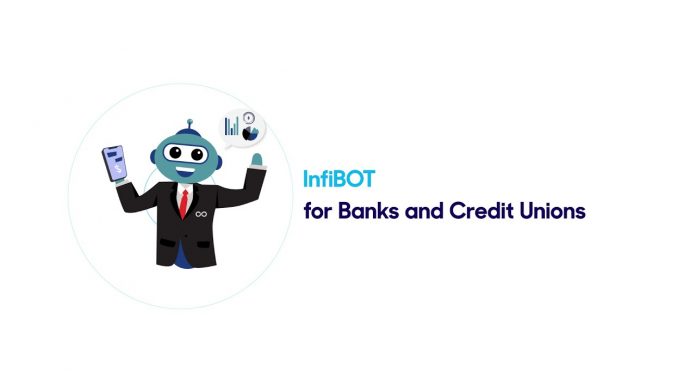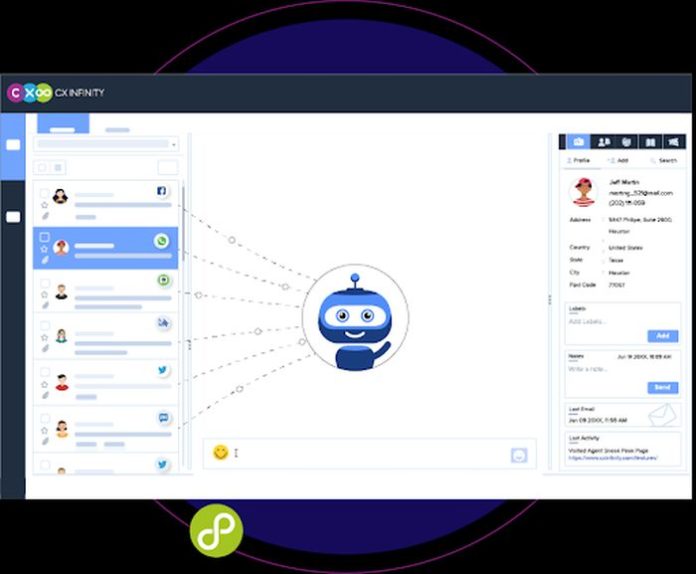A chatbot, or often called AI chatbot, is a software program that has been designed to converse/chat with a user using conversational language via messaging apps, websites, phone, or mobile applications. There are many examples of chatbots in action in our day-to-day life. Some common examples of chatbots include e-commerce websites using chatbots to provide suggestions to customers browsing their products, such as which product they should choose based on their choices and preferences. A chatbot can take the requests from customers, ask for their opinion about the store and products without involving a live agent. These chatbots are programmed to provide quick responses to the customers based on the conversational experience and ensure quick feedback/response from the customer using context-based conversations. The best thing about chatbots is that you do not need to download them to initiate conversation. They have been designed to perfection to allow for non-intrusive communication, which is direct and context-based and helps a customer quickly and efficiently.
But getting the most of chatbots depends upon the precision that comes with the accuracy of the algorithm used in designing their software. Today’s AI-powered chatbots have been designed using machine learning (ML) applications that use conversational expertise based on types and quantity of experience. With the augmentation of experience resulting in more precision, these chatbots offer a highly satisfying experience for both customer and operator. Therefore, it is a significant consideration of how you design your chatbots so that they provide an intuitive and highly satisfying user experience and help take the load off from your live human agents. From simple chatbots to more evolving ones offering comprehensive customer engagement on various parameters, the best chatbots are all about the way they have been designed and programmed. Therefore, their designing process is all too important and defines the qualitative experience that users would get in turn. And isn’t it the purpose for which they have been designed in the first place?
Following are the six tips that can help you design your first stand out chatbot:
1. Chalk out a design plan
A foolproof and object-oriented design can help you get the best out of your chatbot design process. Some of the important points you need to remember while designing the chatbot or conversational chatbot include- the purpose of your chatbot, what is expected of the same, precision level in the first and subsequent design phases, etc., are some of the things that you need to include in your chatbot design plan to make a highly intuitive chatbot that serves it purpose. Here the use of conversational expertise based on machine learning (ML) application while designing the chatbot will come in handy for you.
2. Choose the right development tools
Though chatbots require coding to design and develop them, more than that, you need to decide what is that in terms of input and output you expect the chatbot to work and respond on? There are many examples of chatbots with their documentation that are available around to help you get the right idea for your chatbot, especially when you look a little clueless. Choosing the right design tool is, therefore, pretty much going beyond the conventional coding part. It is more important to understand what information or input a chatbot receives to provide a satisfactory response or output, something you can only do when you have access to the right development tools.
3. Provide Options to users

It is difficult to match the language of a conversational AI software or bot with that of a user, and it is indeed a bit complex scenario when standard language hardly follows a common standard across geographies. It is then difficult to come up with a precise answer to a specific query posted by a particular user. Anyway, chatbots have been designed to assist users irrespective of the fact that there may be variations in the understanding of the language on the part of both chatbots and users. By offering options to the users, a chatbot can give them some leeway to understand and continue the conversation by choosing the most appropriate option from the given ones. In fact, by analyzing these options, along with written responses from the user’s end, a very engaging chat session can be created.
4. Provide and guide the navigation for users
Taking the user to the most appropriate section of the page by assisting and guiding the navigation for them is what chatbots can do. This feature is among the most stand-out features of a well-designed and developed chatbot. It is a significant step as it takes a chatbox beyond the tag of a virtual agent designed to answer queries to the written responses. Well, it is more like being a guide or consultant for a user seeking the right information. Visit here if you want to see the 5 best web design Agencies to hire in 2024
5. Allow users to get back to the start

An intuitively designed and developed chatbot by CXInfinity such as InfiBOT helps the user to get back to the start menu, apart from other highly intuitive features. It is an important feature that one should keep in mind when designing a chatbot. It will allow users to get back to the start and avoid further mistakes on their part when they have accidentally selected the wrong option, and they realize the mistake later.
6. Provide Alternatives to users
It is so common during chats to type something out of your mind that is not at all based on the context or something related to the discussion. In such scenarios, a chatbot can help users by providing alternative options that may not be the exact solutions to the problem but only alternatives that a user can opt for. That will keep the mood of the conversation a little light-hearted and save you from any embarrassment.
All the above-mentioned tips can help you design a chatbot for use in an omnichannel contact center that is more than just a virtual assistant but rather acting as a live agent and assisting users so that they get the most out of their conversation through these highly evolved and engaging chat sessions.










